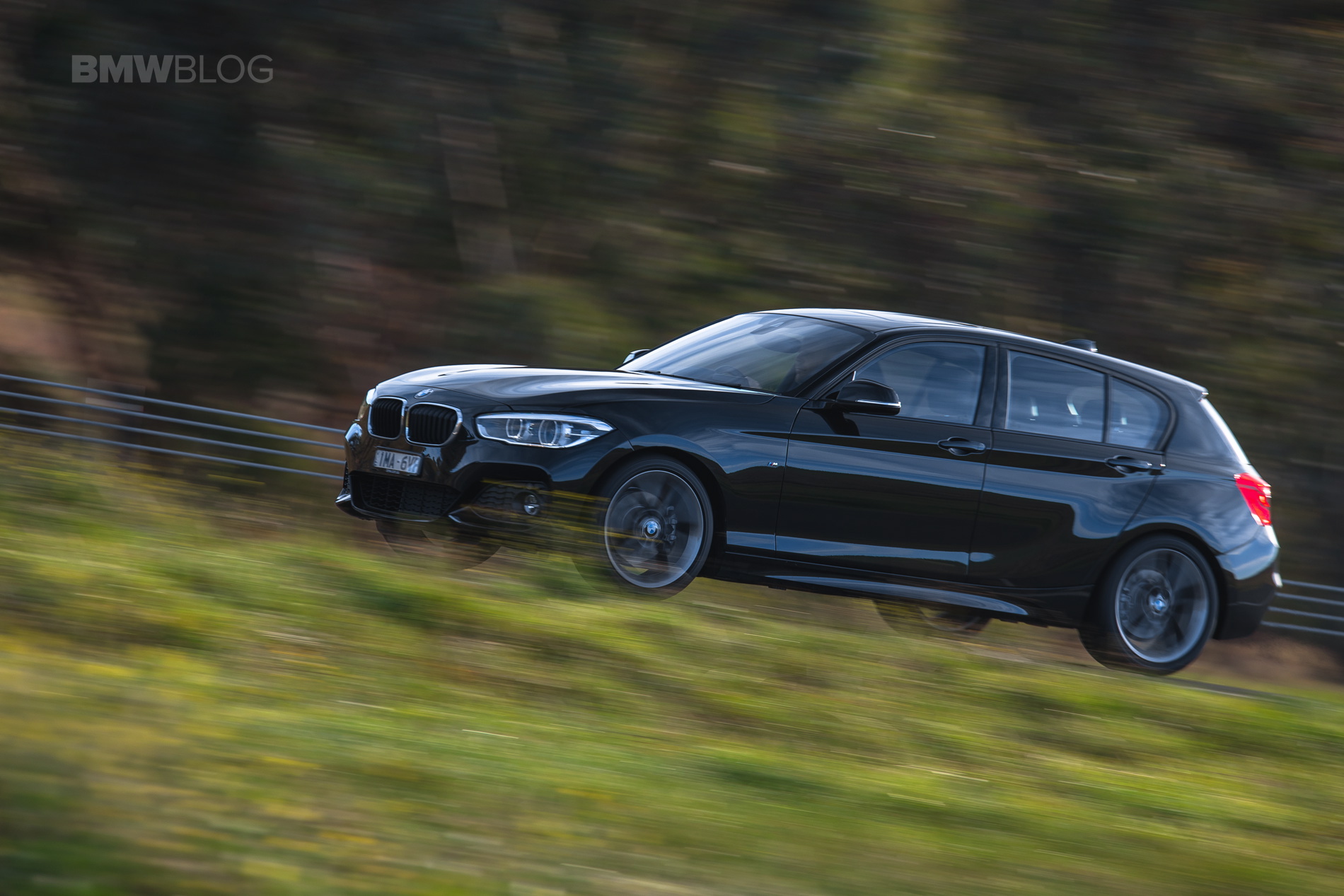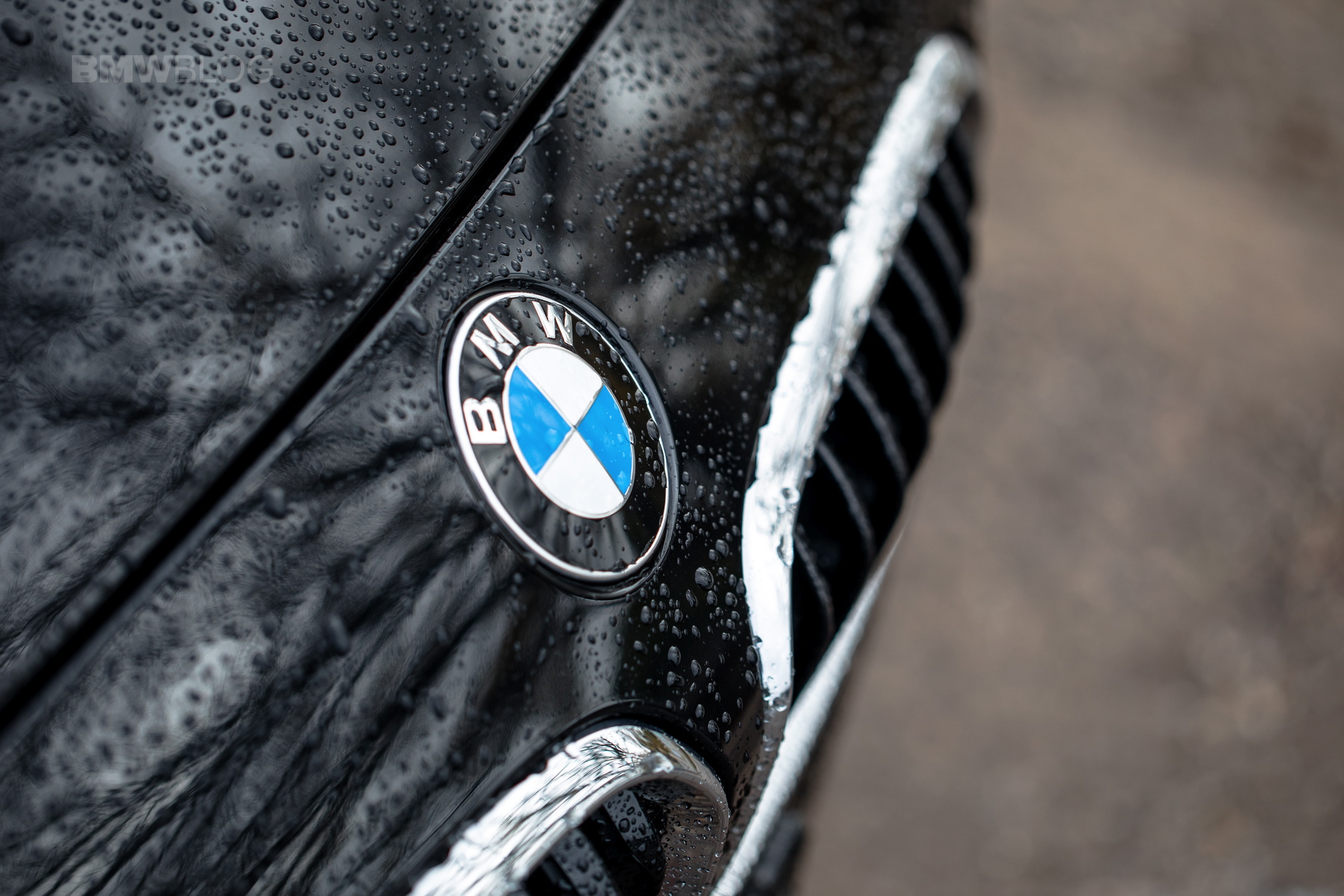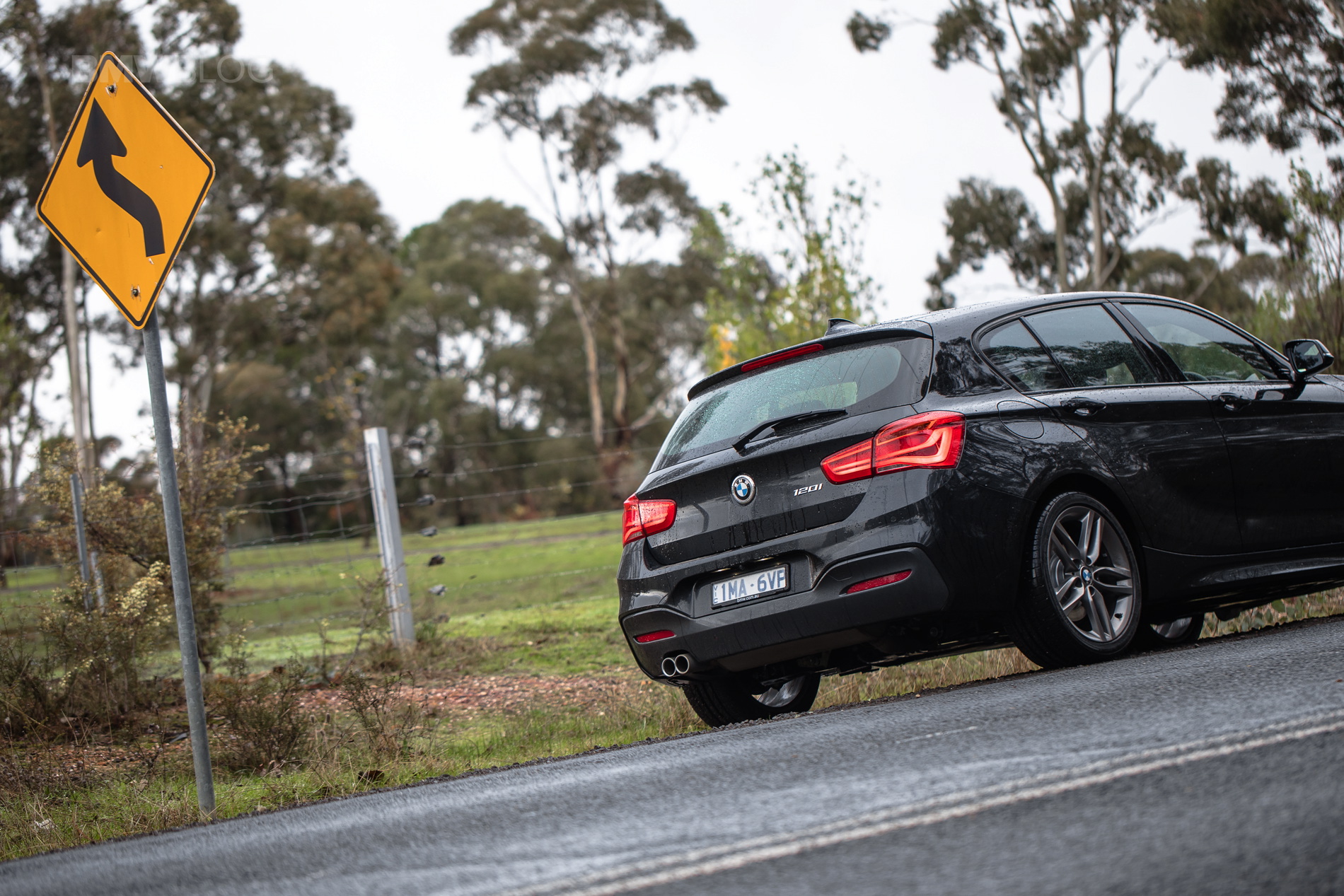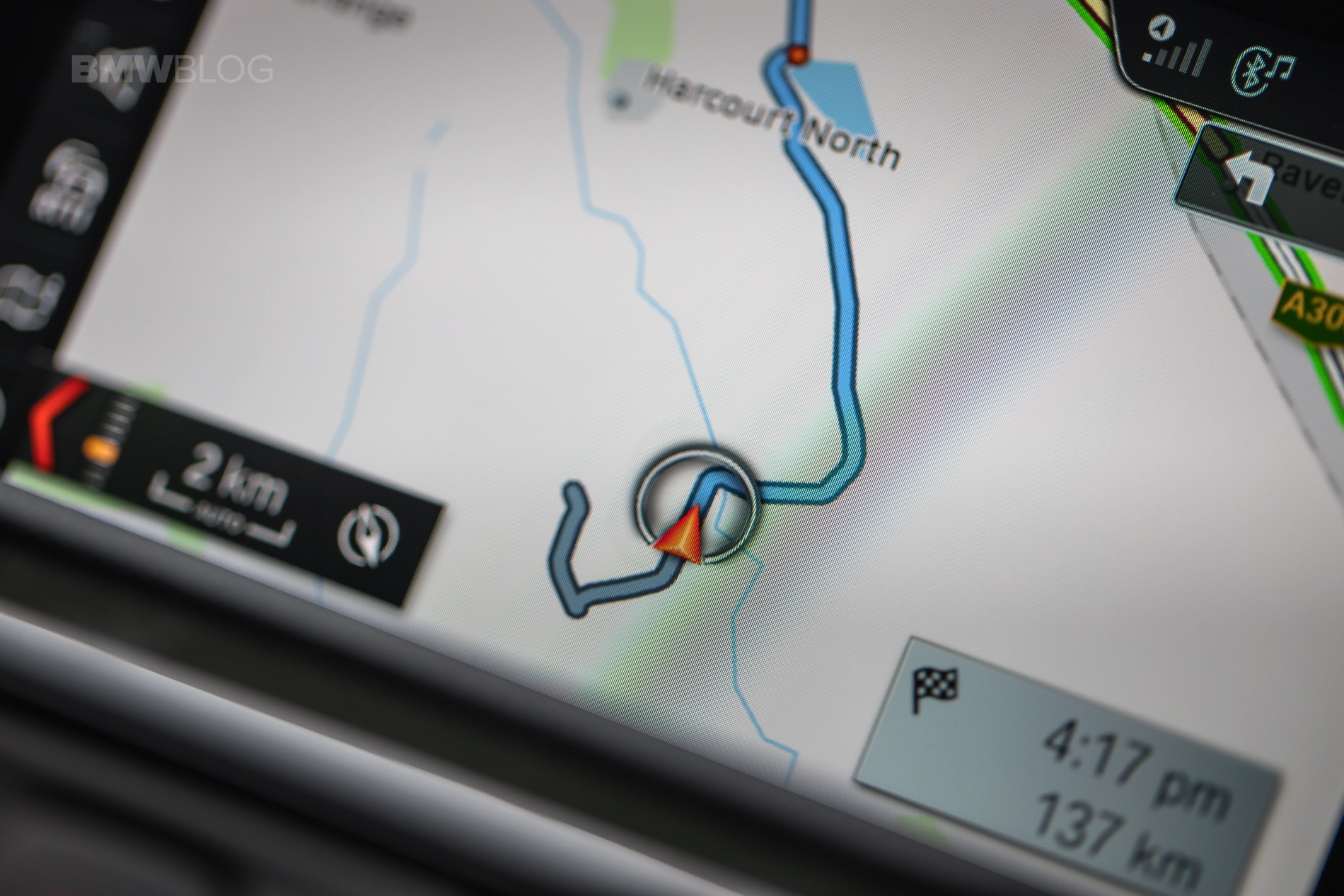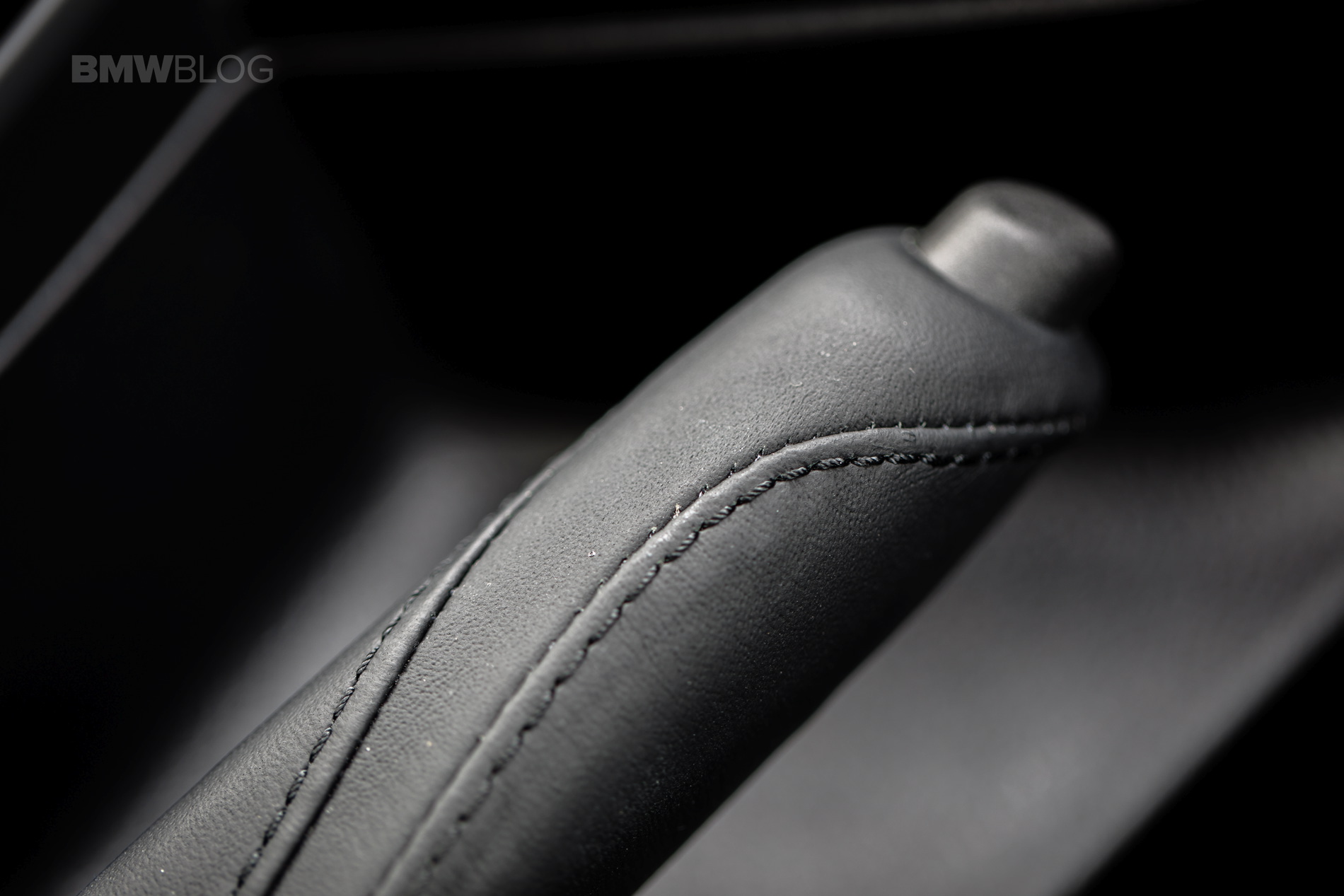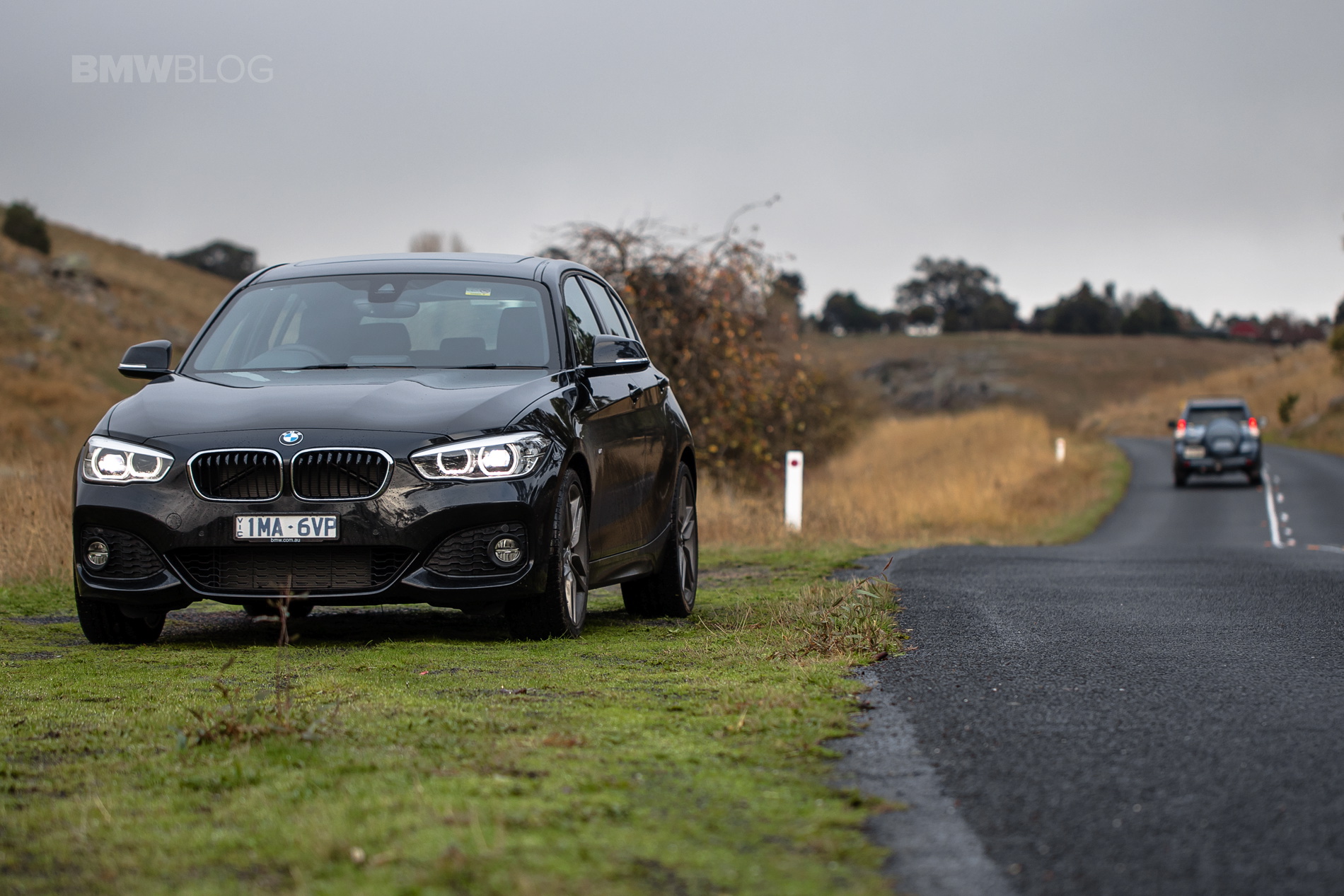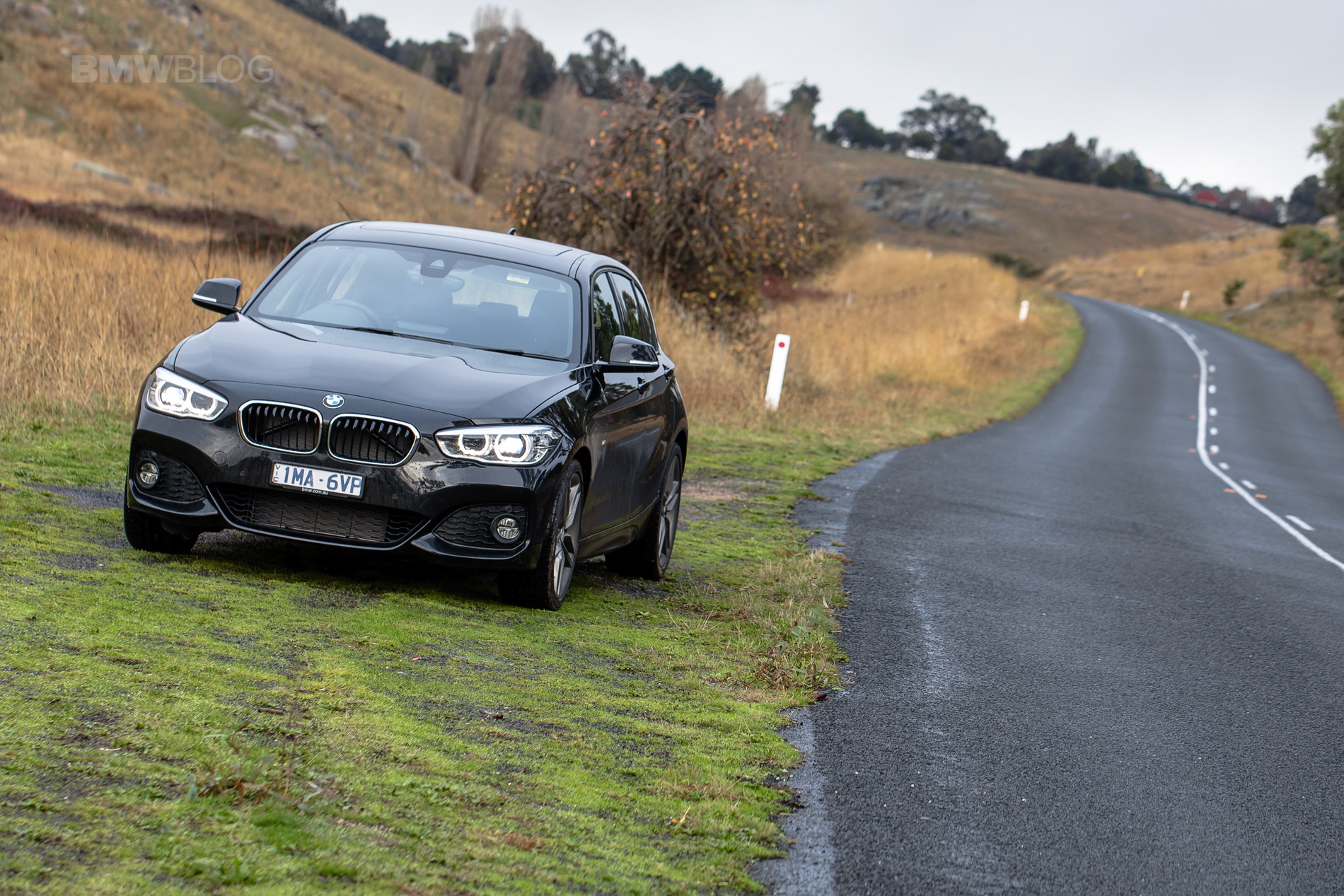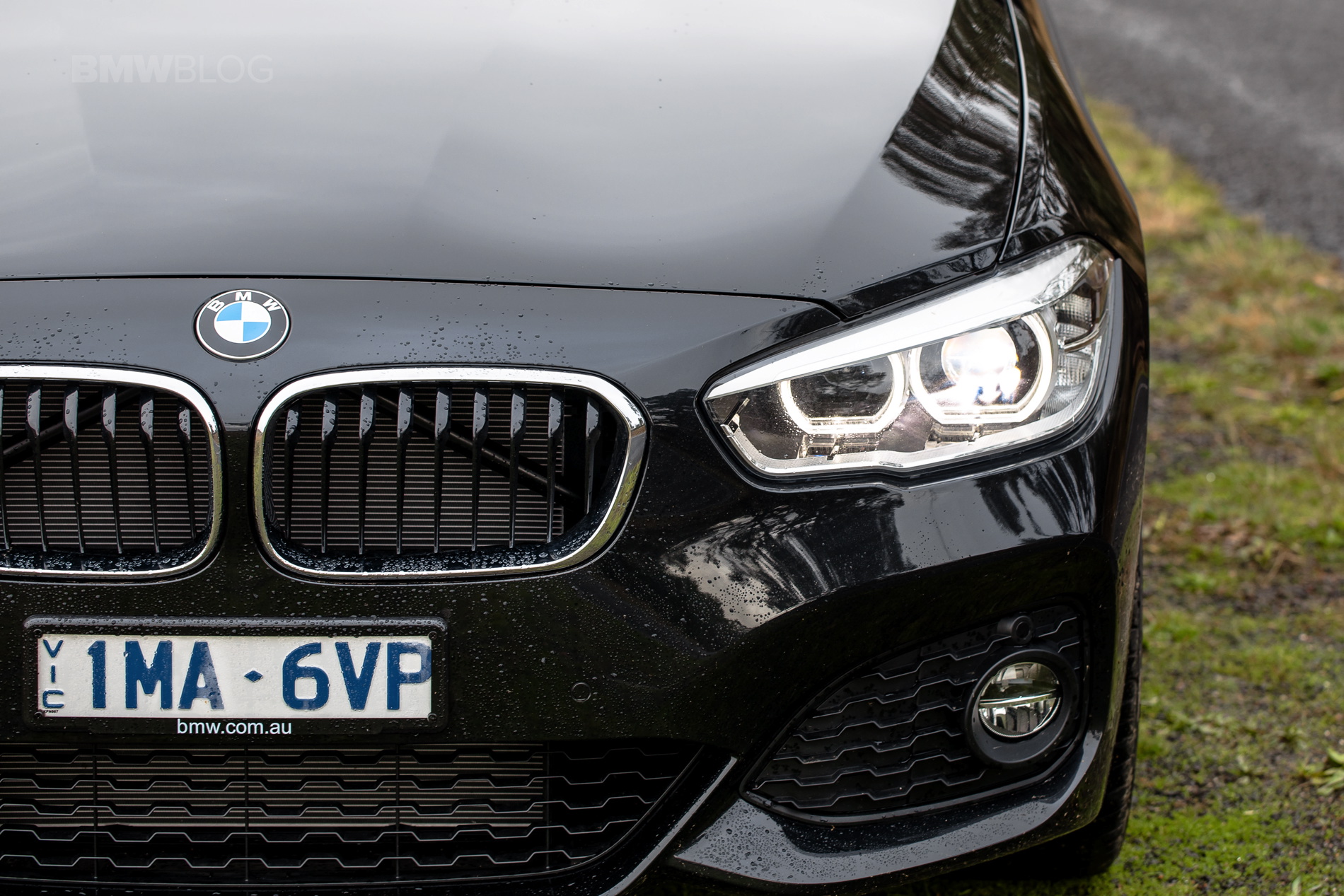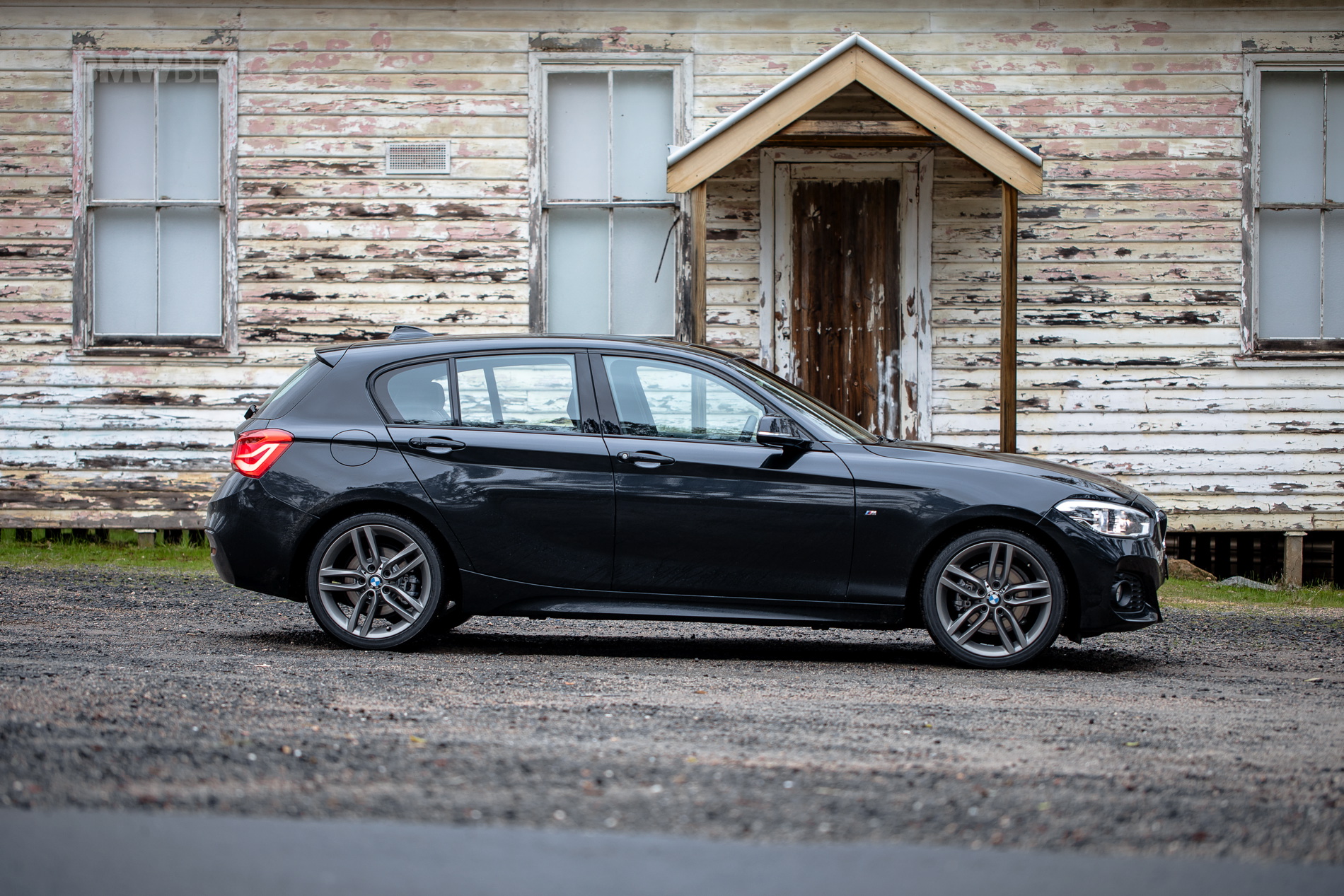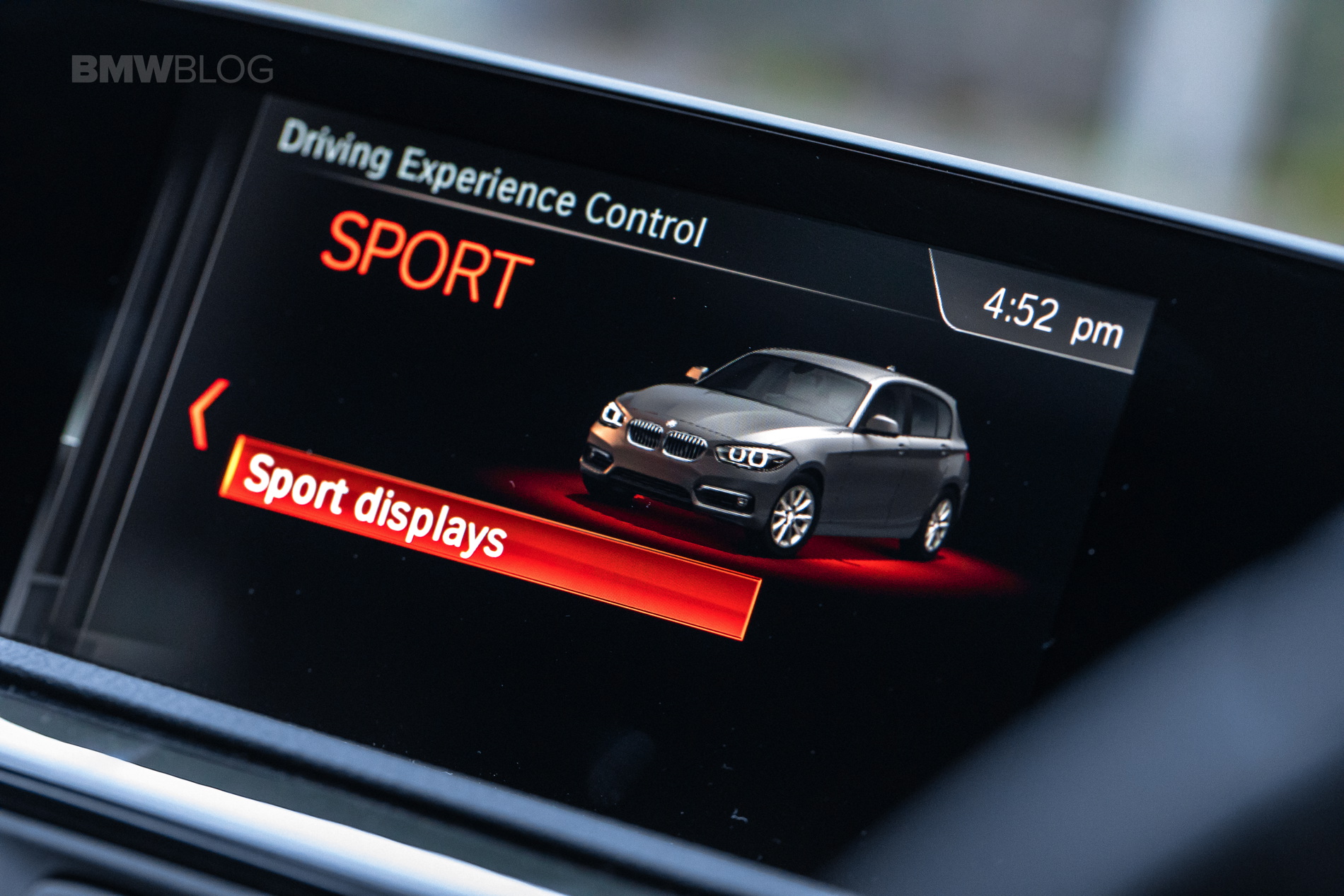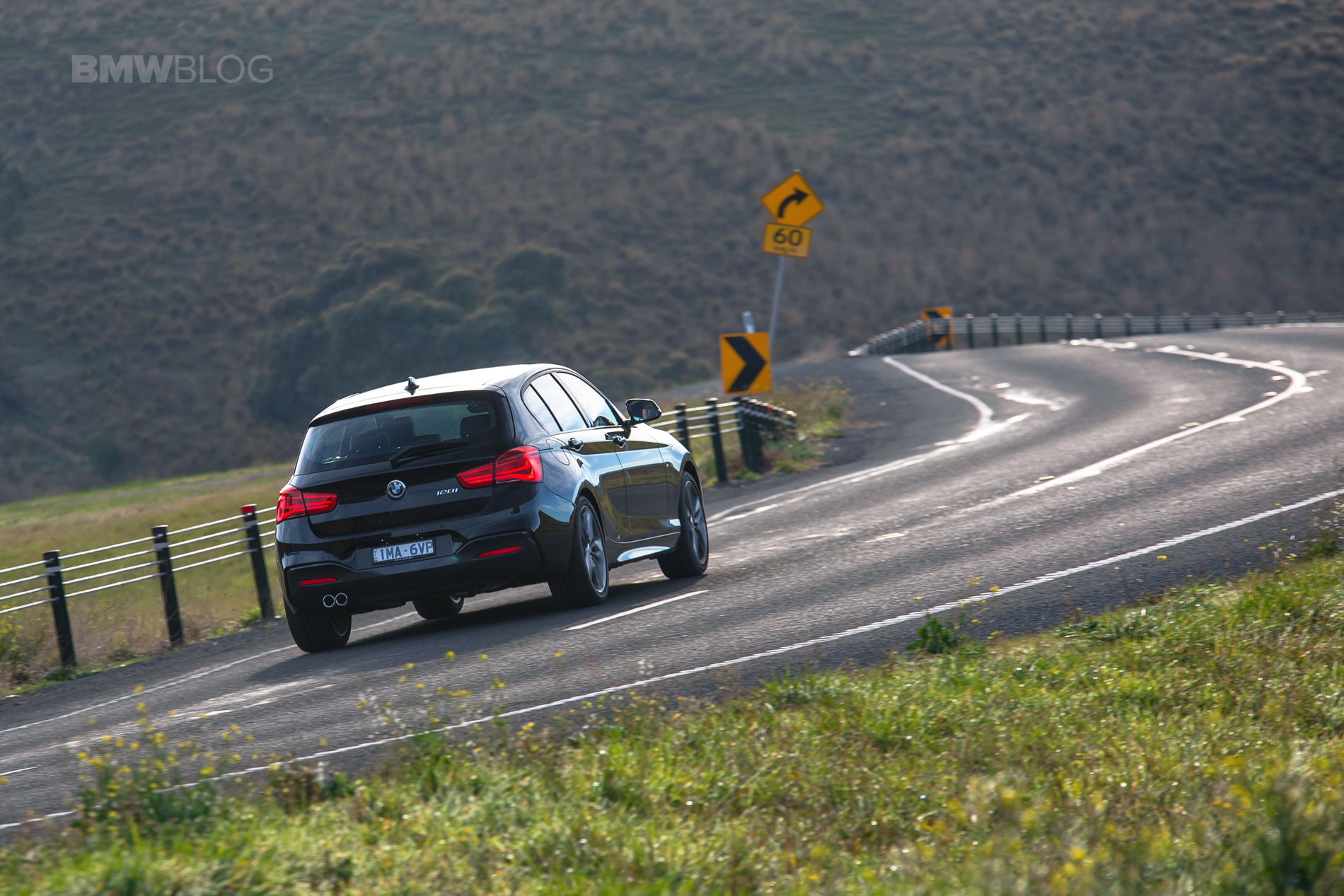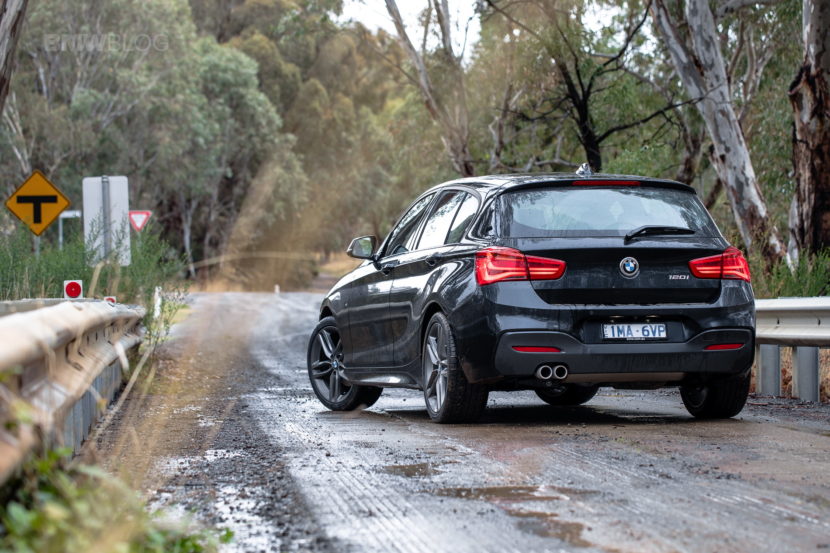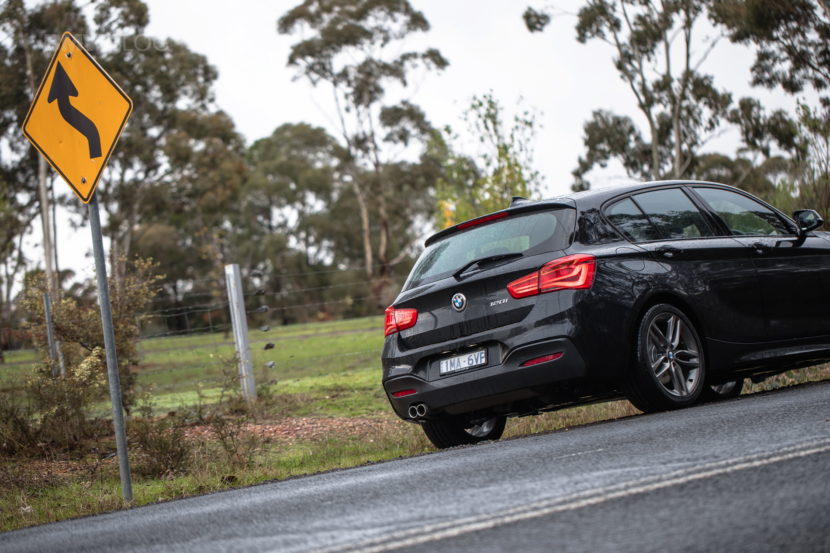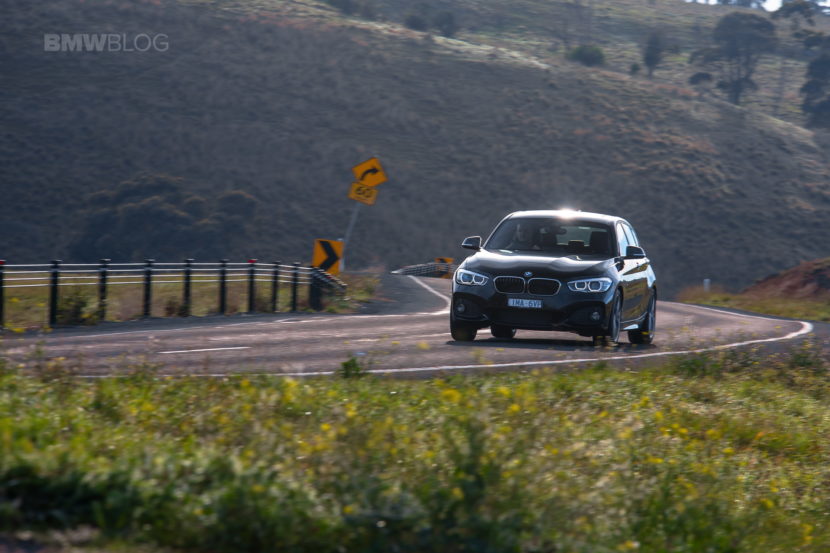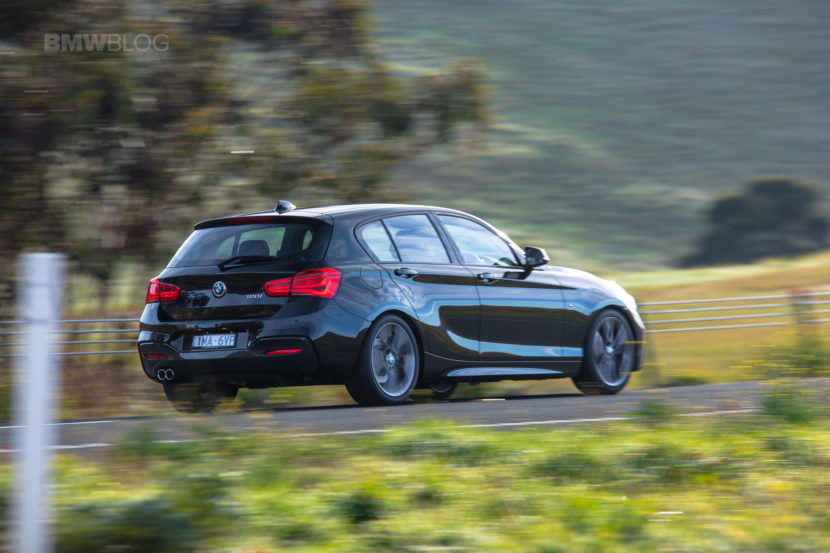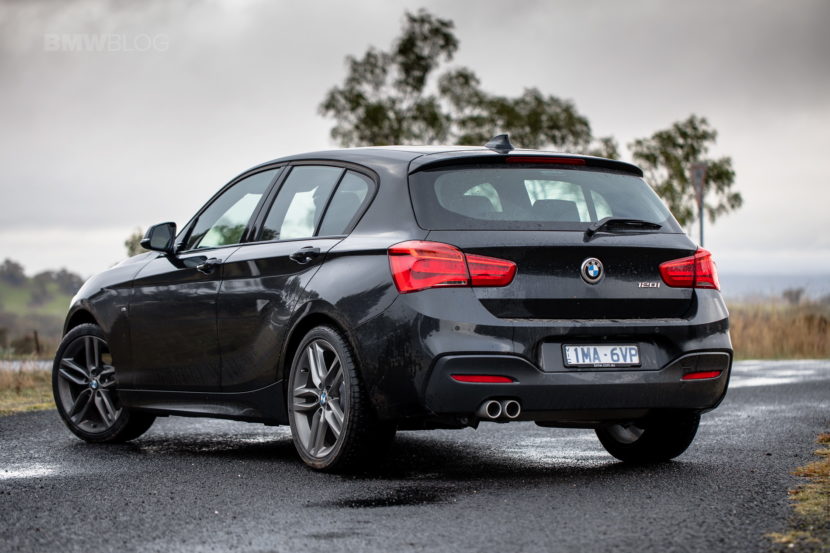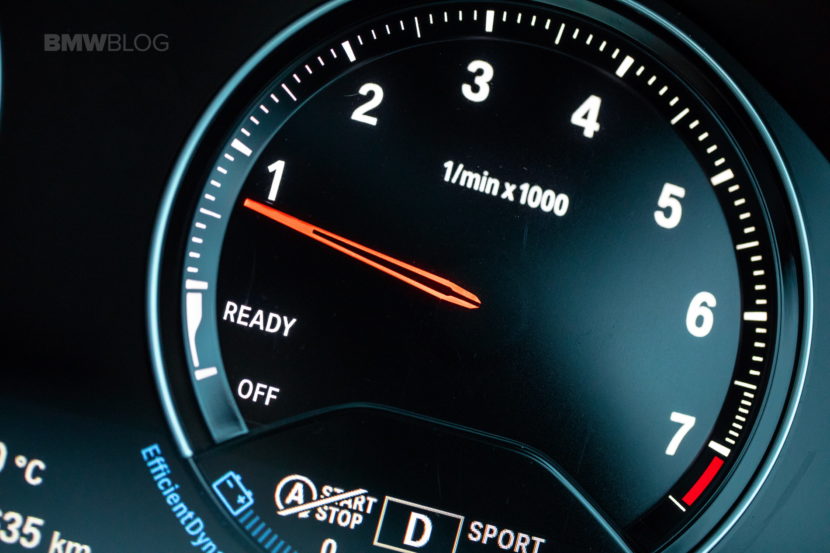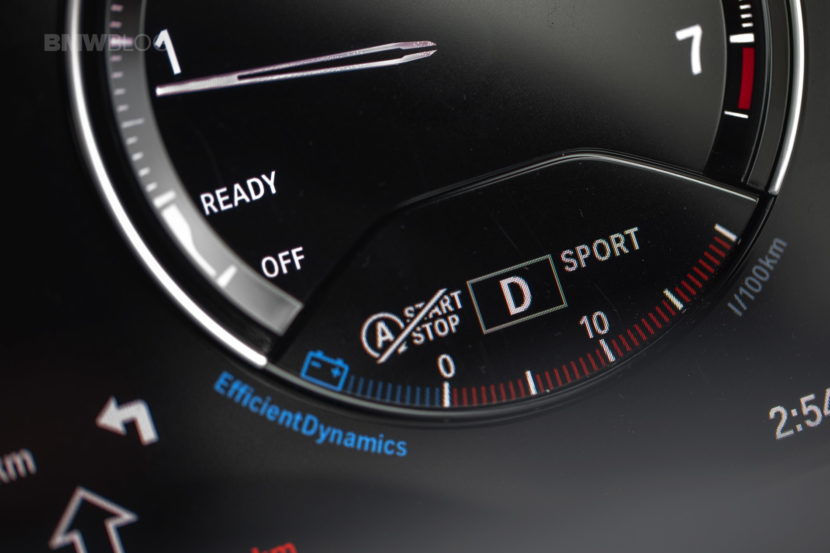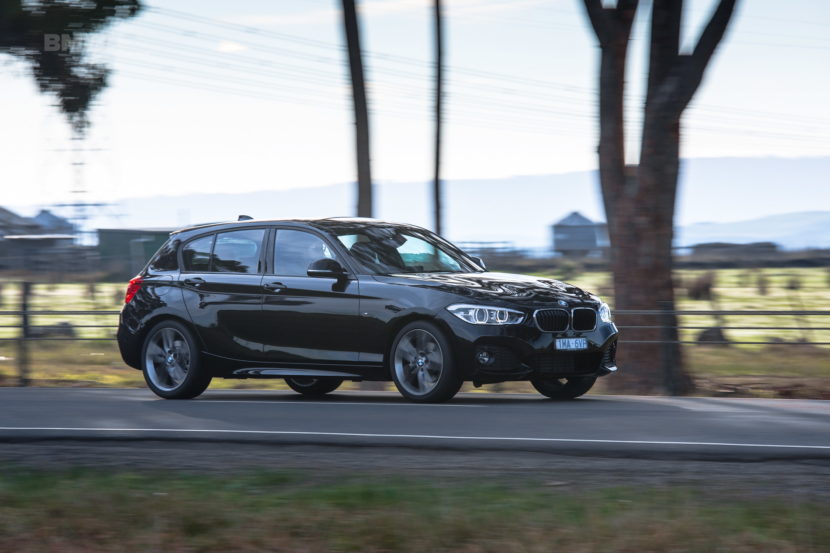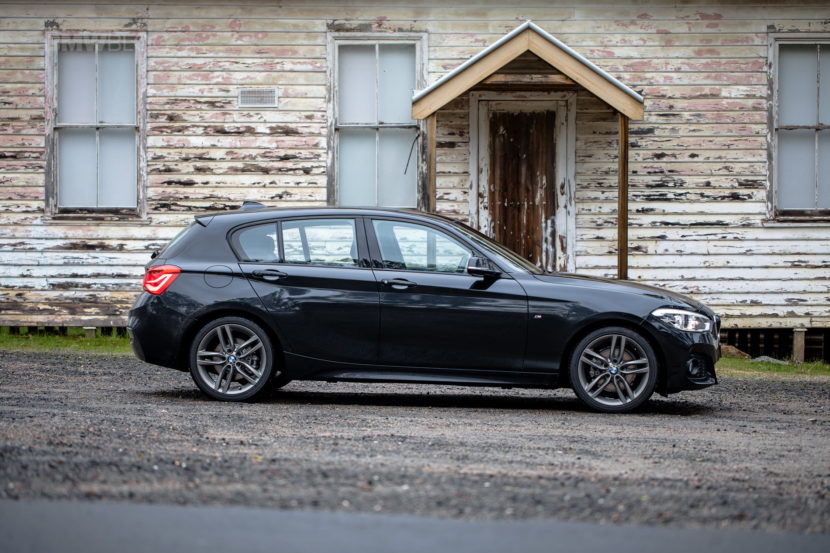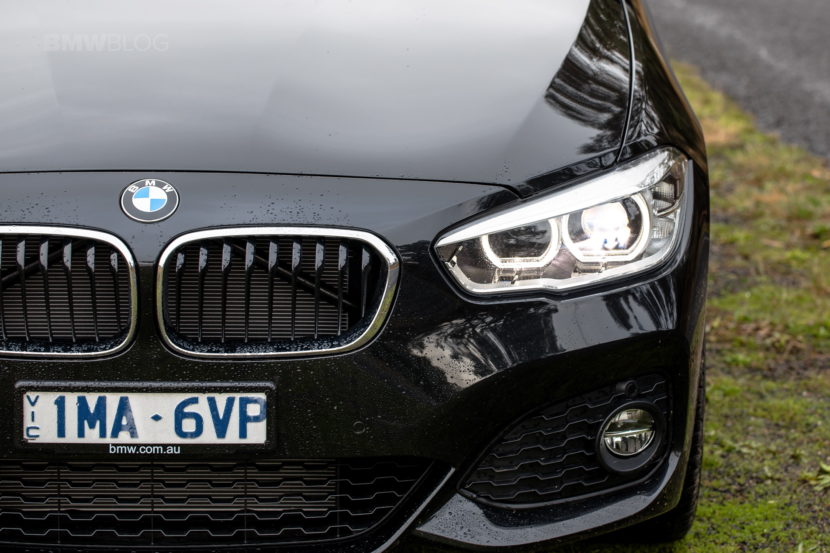“You don’t know what you’ve got until it’s gone.”
Forget the power ballad by Cinderella, this time-honoured saying reminds us that we often neglect to acknowledge the value of something, until it has been taken away. It’s an all too common feeling; there is an endless list of musicians, artists, writers and scientists whose talent wasn’t fully understood and recognised until after their passing.
The rationale extends to our world of cars, as I fear another icon will soon slip from our grasp before it has been properly appreciated. I’m talking about the humble F20 BMW 1 Series hatch, particularly in more modest guise, like our 120i here.
As you may be aware, a replacement for the second-generation 1 Series is due next year, and while it will surely bring a raft of technology and efficiency improvements, it will also take away the one trait that makes the F20 unique.
It will no longer be rear-wheel drive.
So what? You say.
Front-drive offers weight, cost and interior space benefits, and in all reality, most compact hatchback buyers would neither know nor care which wheels are driven. But, while the new 1 Series will no doubt be a good car, it does signify the end of an era, making the F20 the last member of a historically small tribe of rear-drive compact hatchbacks.
This transition is common for RWD hatch-club members too. Alumni like the Volvo 360 GLT, first-generation Mazda 323, Talbot Sunbeam, and of course the AMC ‘Mirth Mobile’ Pacer, were all superseded by front-drive models.
It is an inevitable cycle that has essentially engineered the breed to extinction, which is why, with time still on our side, we should wholly embrace the last representative of the tail-happy hatch community.
And by ‘we’, I mean ‘us’, the countries who are fortunate enough to have the F20 grace our BMW showrooms. Sorry, North America.
In Australia, the 1 Series is available in five variants (118i, 118d, 120i, 125i and M140i), and like in almost every other 1 Series market, the lion’s share of the attention is directed at the 335hp (250kW), 3-litre, six-cylinder turbocharged M140i.
And let’s face it, in terms of being a fast, capable and thoroughly entertaining hot hatch, what is not to like! But the appeal of the M140i is a bit of a no-brainer.
To really understand what we are going to lose you need to look lower in the range, where the intrinsic balance and character of the F20 can shine, regardless of output.
Think of it like this, you have two candidates applying for a job. One presents as a who’s who of Ivy League education, big end of town experience and a list of pursuits and hobbies that would power a small town’s Instagram ‘likes’ for a year.
The other hails from a more modest background, yet possesses the same core qualification and skill set to fill the role. A less obvious choice, maybe, but this is a candidate for whom strength of overall character is where the true measure is.
And, attempting to discover that character, is why I’ve been zapping around the back roads of regional Melbourne in a Black Sapphire 120i M-Sport.
This is a pure ‘midrange’ model, and as such cannot rely on any superlatives, at either end of the scale, to boost its marketable appeal. The 120i is not the cheapest, lightest, most frugal or best equipped, but as a yardstick to measure the core appeal of the F20, it is perfect.
It has the same 181hp (135kW) 2-litre, four-cylinder turbocharged petrol engine as the larger 320i, which is mated to the familiar eight-speed ZF automatic transmission. It’s no hot rod, but is zippy enough around town and will hold highway speeds with ease.
Even with the lower M-Sport suspension and 18-inch Ferric Grey style 436M wheels, the 120i rides well and is relatively economical, with a mixed week of driving returning around 30mpg (7.7L/100km).
The hatchback body was handy to cart around school bags, camera equipment and the usual household shopping, with the rear seats providing enough room for both the two and four-legged family members.
All the usual BMW goodies worked as planned, with the 2018 LCI-2 models now featuring iDrive v6, ConnectedDrive+ services and even LED headlamps. So, as a city-dwelling compact hatch there is really nothing special to write home about, but leave the traffic behind, drop the car into Sport, and start winding the 1er out a bit and you’ll quickly understand why even this basic F20 is so special.
The 2-litre might not have that JATO-like rush of the M140i’s B58, but it spins up nicely and responds well, with the full 200ft/lb (270Nm) of torque offered from a low 1350 rpm. Rev things out toward something starting with a 6, and you even get a subtle raspberry from the exhaust on up-shift.
Weighing in at just under 3,000lbs (1348kg), the 120i makes up for lack of big under-bonnet numbers with a relatively slim weight. Throwing the data into an Excel spreadsheet has the power-to-weight ratio almost on par with a Lexus RC200t, not bad for a car more commonly associated with first year real estate agents than sports buyers.
When put into practice, the 1er can back-country tour with the best of them. There’s pace enough to chase, and pass, rural traffic in the straightaways, but the car’s real talent shows once things get twistier.
A rear drive chassis allows a more even weight distribution, and the 120i sits just shy of an even split at 52/48 front-to-rear. For context, the perennial hot-hatch benchmark, the Volkswagen Golf GTi, dips the nose with a 61/39 split. This gives the BMW balanced and predictable composure, even at higher speeds.
Plus, the push from the rear errs toward mild oversteer when exiting tighter radius curves, making the 120i a much more entertaining proposition than many front-driving counterparts.
And if the rear-drive chassis wasn’t enough, the 1 Series can still be specified with a lovely six-speed manual transmission, at no extra cost.
Even with the auto, running the 120i through a series of left-right-left s-bends, mid rev-range in third… it really is a barrel of fun. This is what the ‘driving a slow car fast’ mantra is all about. I didn’t even wish it was an M140i, well, not too often anyway.
Considering this isn’t really pushed as an enthusiast car, or even a mildly warm hatch, the little black ‘onesie’ won me over as a car that should not only be more highly considered, but as one that must be more widely respected.
And, truth be told, the entry-level 134hp (100kW), 1.5-litre, three-cylinder 118i presents even better value, a more even weight distribution, and a higher redline than the 120i, that my money would head there first. An Estoril Blue over black fabric M-Sport, manual (of course), with the M-Performance front and rear spoilers thrown in for a bit of extra hard-parking pizazz, can arrive in my driveway for pretty close to A$40k – or just shy of $30k US. A future classic? Maybe.
I’m sure that with a clever front differential or an active AWD system, BMW will make the next 1 Series a fun and capable little hatch. It will probably be lighter, more efficient and offer more tech than the car it replaces, but it won’t be RWD.
Which is why, before the rear-drive hatch-club closes its doors for good, the basic F20 1 Series should be celebrated. It is the last of its kind, a compact and practical urban runabout with all the chops to entertain as much as the big boys. Enjoy it while you can!


